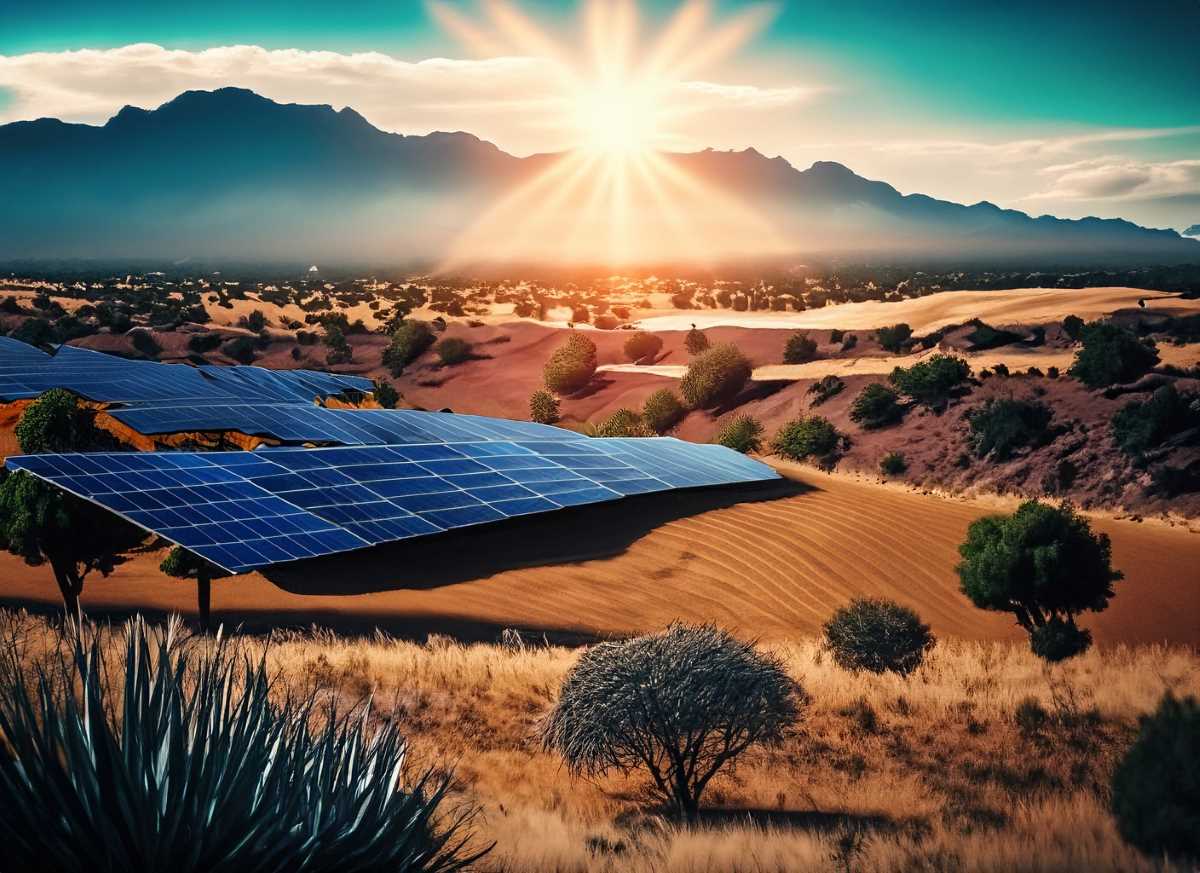How Mexico is Making Renewable Energy Cool
Mexico's untapped solar potential, receiving 175,000 terawatts from the Sun annually, could power our needs. Despite progress, reaching renewable energy goals requires collaboration and innovation to make solar power stable, efficient, and accessible.

The Sun, our cosmic powerhouse, showers the Earth with an astonishing 175,000 terawatts (TW) of energy each year. To put that number into perspective, we mere humans consume a relatively modest 17 TW during the same period. It's a mind-boggling statistic that underscores the untapped potential of solar energy. However, harnessing this vast energy source and transitioning to renewables is easier said than done. Dr. José Luis Maldonado Rivera, a scientist at the Center for Research in Optics (CIO), knows it's time for a change.
Picture this: the energy the Earth receives from the Sun in just 1.5 hours could power our world for an entire year. That's an astronomical amount of energy waiting to be harvested. Dr. Maldonado Rivera spoke to a group of eager students at the Institute of Nuclear Sciences of the UNAM. He clarified it that we have the potential to satisfy our current energy needs if we learn to harness the Sun's bounty effectively.




